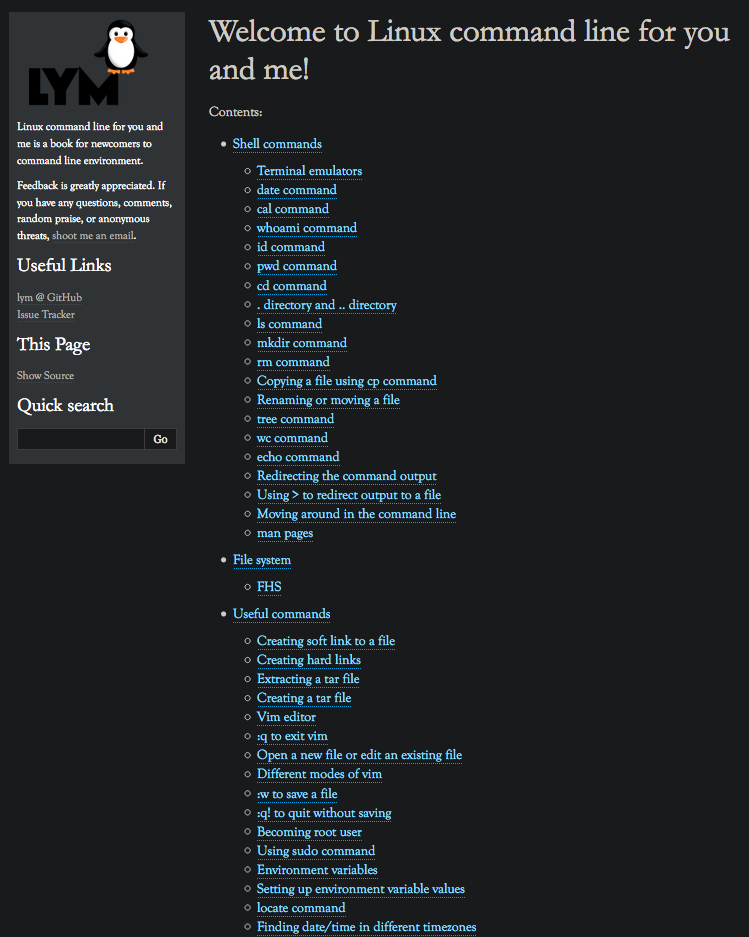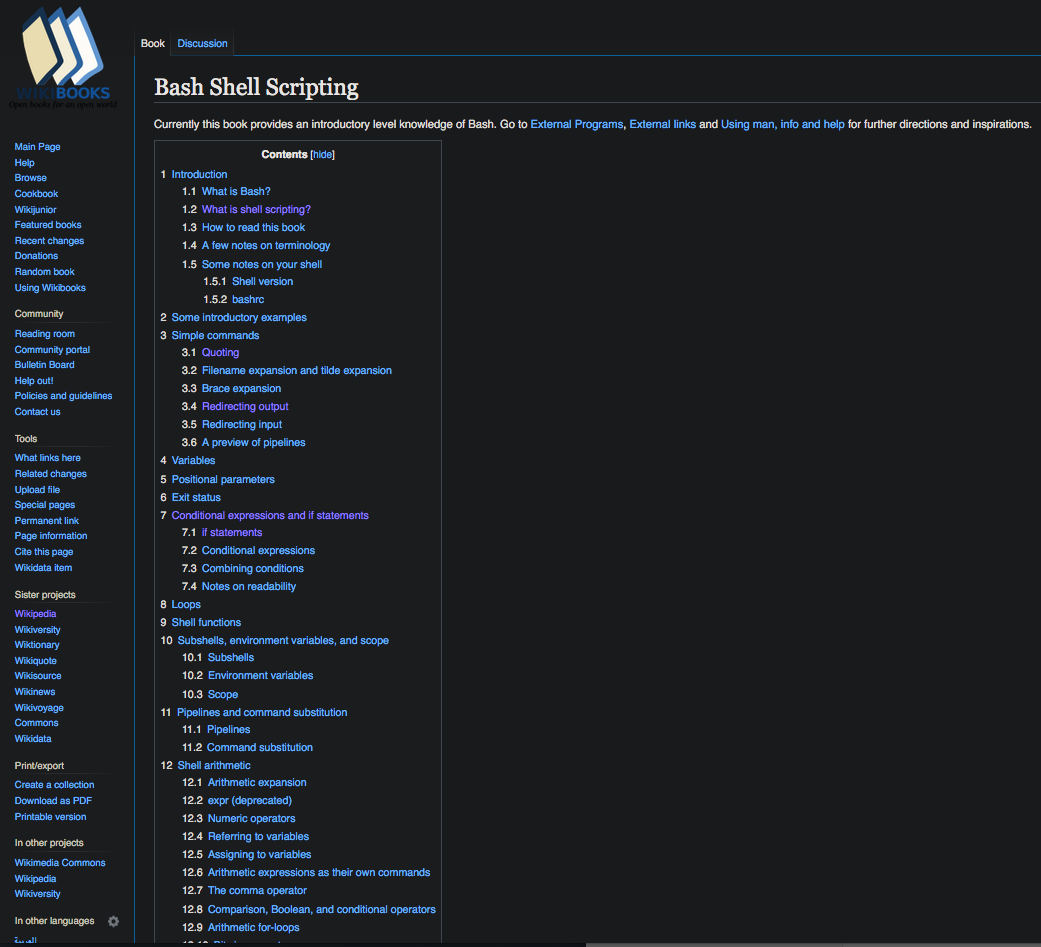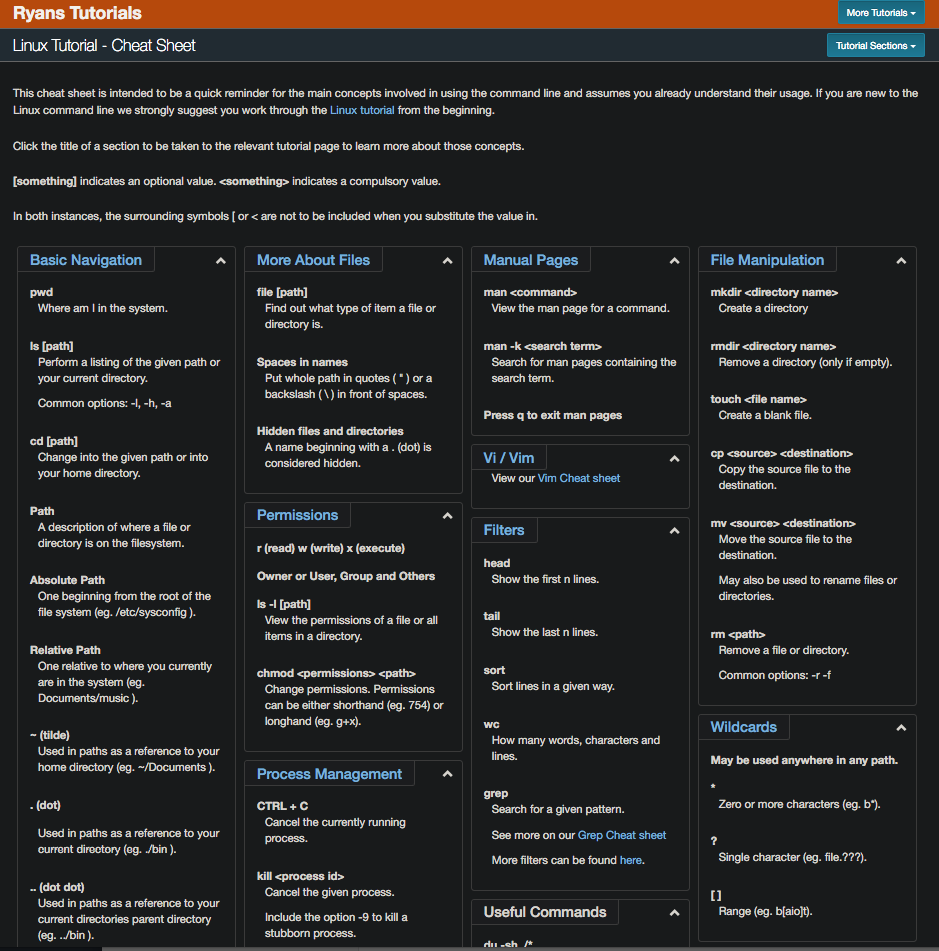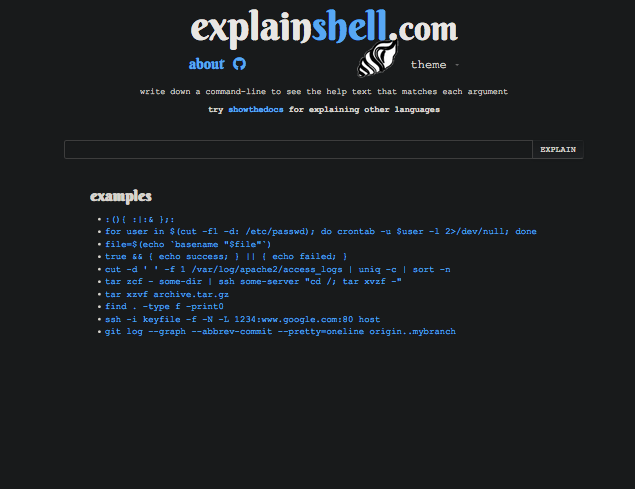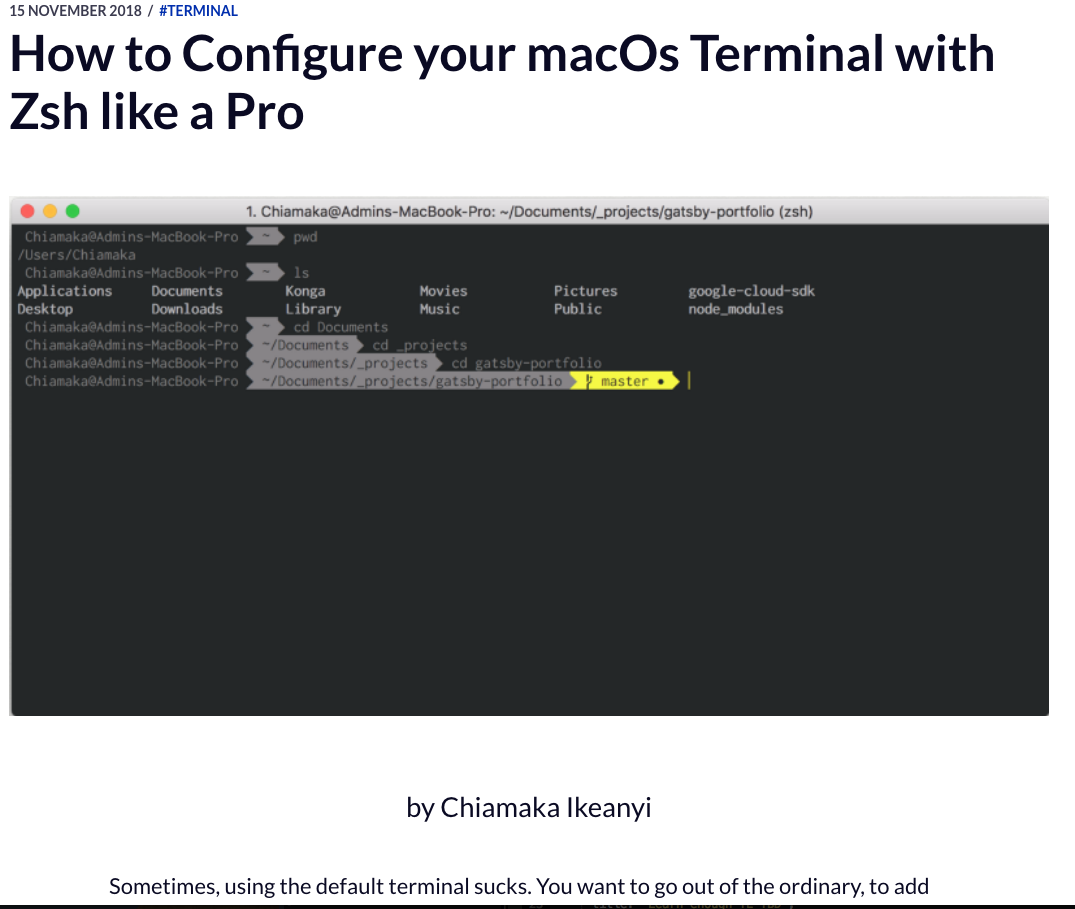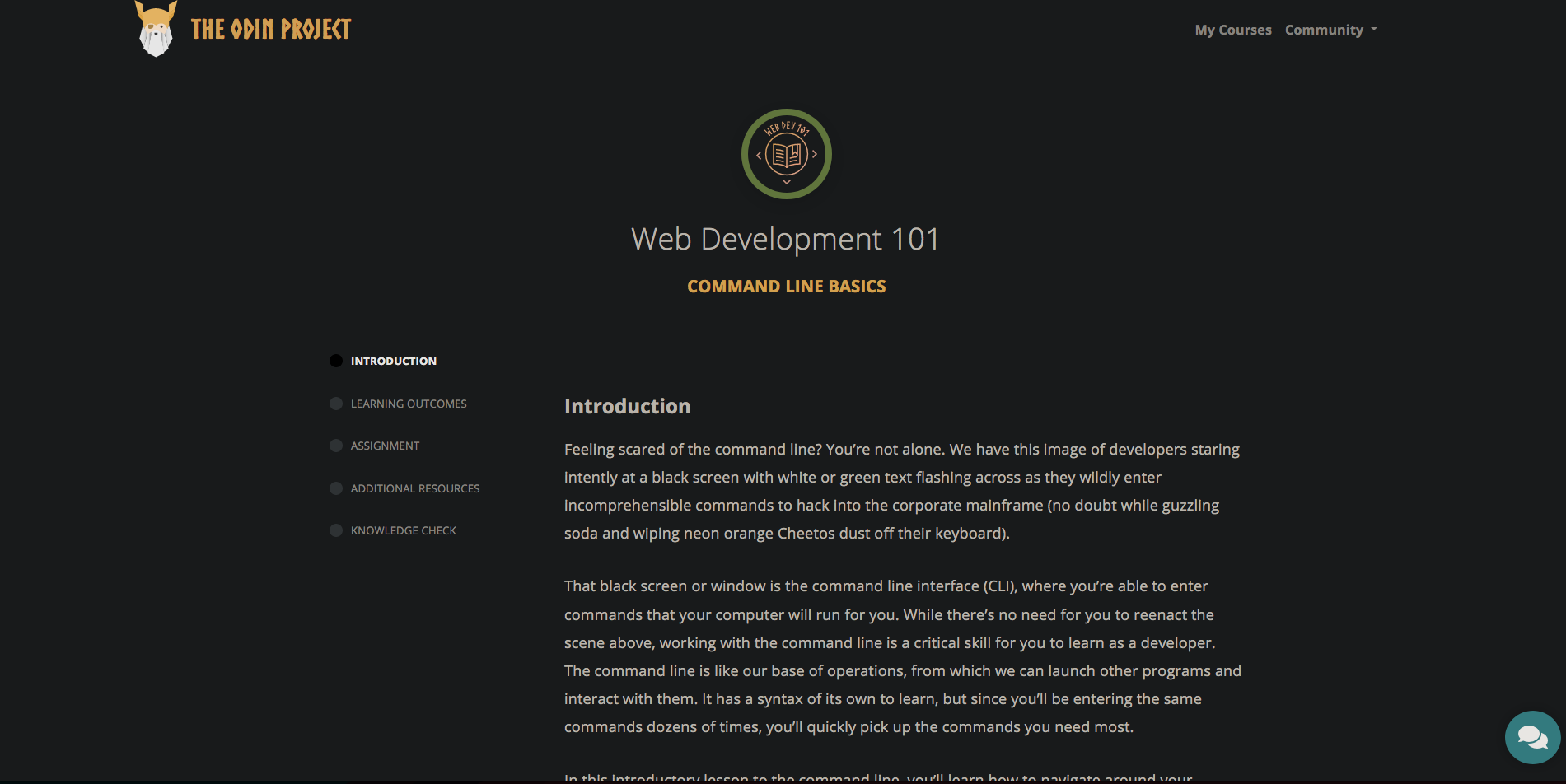CLI and Zsh/Bash
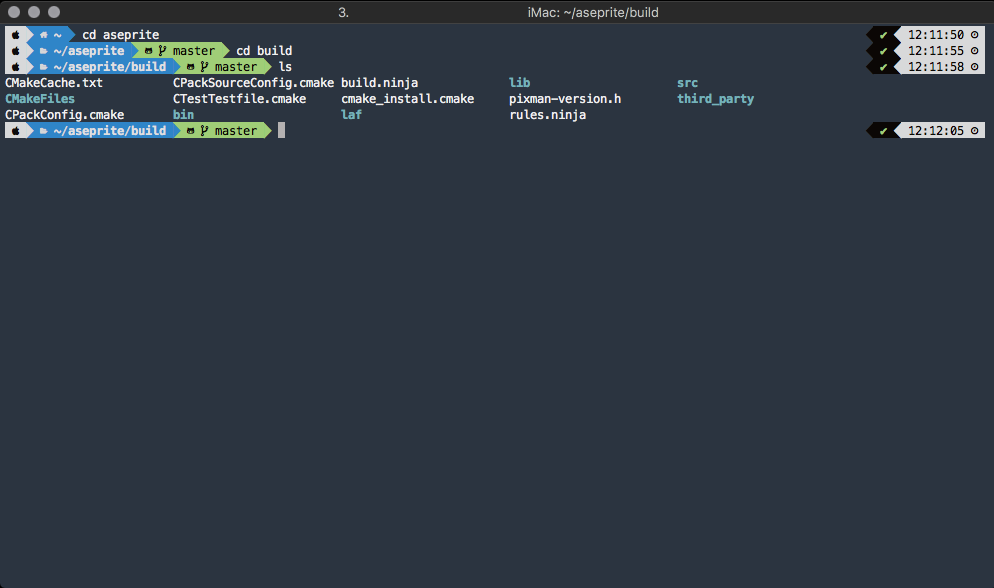
Example of customized Zsh.
Where to start
For the first couple of days, before programming, the Piscine will go over the Command Line Interface (CLI). A CLI is a way to interact with the computer to make it perform actions. Similar to using a mouse and clicking things to start programs ord clicking a folder to change your current working directory.
Here is a short video from the Piscine going over the basics of the CLI.
The focus will be on basic navigation, creating files, manipulating files, and making scripts. Being familiar with Unix/Unix-like commands is recommended. More detail is usually covered in most learning materials across the internet. Now, depending on your setup, you have some options.
Mac & GNU/Linux
To start, if you have a Mac, you are already using a UNIX-like system, so you can open up the terminal and start right away; the same applies if you're using GNU/Linux. Currently, Mac OS uses Zsh by default, an extension from Bash. It doesn't matter which one you use since Zsh is close to Bash for the most part. So anything you learn using Bash should be valid for the most part in Zsh.
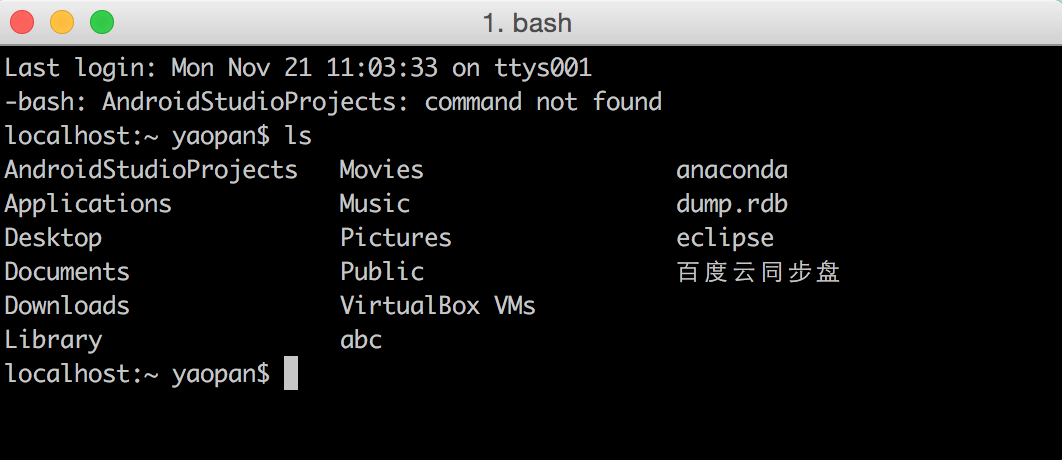
A default terminal displaying bash.
Windows/Windows 10
If you're using Windows, you have a couple of options:
- Install a Linux distro (like Ubuntu) to your hard drive and dual boot. If you've ever installed Windows yourself then installing something like Ubuntu will be no problem.
- Download Cygwin (CLI) or a console emulator like Cmder. Out of the box, Cmder is probably easier to set up and use overall.
- You can install Windows Subsystem for Linux (WSL/WSL2). This is for Windows 10 only. This might be the hardest option for someone who has never used Linux before. In my opinion, I would avoid this unless you know what you're doing. Otherwise, be prepared to spend many hours configuring and fixing possible bugs.
- Install a virtual machine. Pretty straightforward and reliable. You get to keep running Windows, without having to restart your computer. It can be slow though, depending on your hardware specifications.
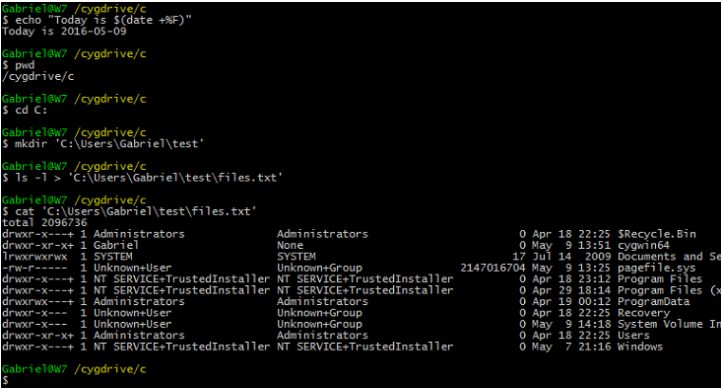
Cygwin running on windows.
For more information, check out a really good guide for this on The Odin Project. For more information and explanation between the different options, here is another helpful link.
Learning materials
Here are some resources that are a good place to start. Remember, if you ever have trouble with something, either search it up on the internet or use the man pages. Your goal should be at a bare minimum, being familiar with the basics. Don't forget about the man pages!
